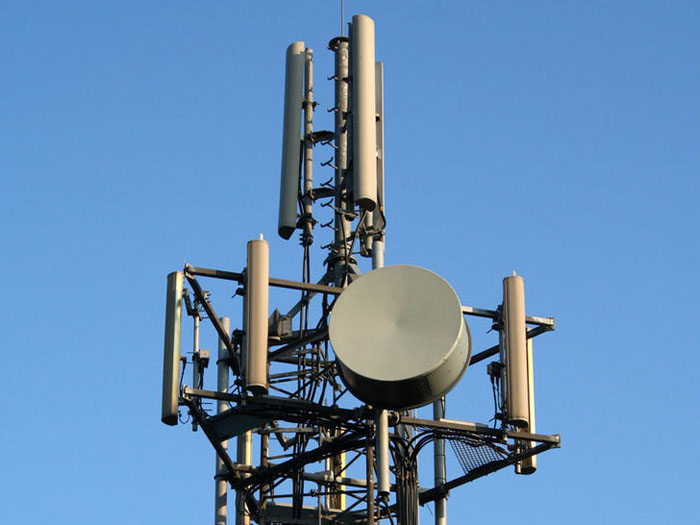Whatever happened to WiMax?
Why a once-promising tech has been ignored by UK carriers

When Intel closed its WiMax office in Taiwan a year ago, the company professed confidence that there was still a future for the technology as an alternative to LTE for superfast mobile internet access.
"For us, the mission of getting WiMax off the ground an in the marketplace is accomplished," spokesperson Bill Kircos told RCRWireless.com at the time, "The folks working in the [temporary] office are merely being housed under our existing business groups."
But what's happened since? Whether Intel likes it or not, the technology is inextricably linked with its name, because the company spent so much time and effort promoting it. Yet even Intel has gone quite about WiMax.
What is WiMax?
UK readers will be forgiven for not even knowing what WiMax is. Defined by the 802.16 set of standards, the easiest way to think of WiMax is as long range Wi-Fi. The two are designed to be complementary wireless extensions to an IP network - Wi-Fi provides short range access to a local network while WiMax is designed for high bandwidth networking between two fixed points, or blanket coverage of an urban area for mobile ISP subscribers.
The latest version of WiMax - inevitably WiMax 2 - is capable of 330Mbps download speeds.
In the US, Sprint and Clearwire have been co-running a WiMax network for several years now. It covers more than 70 cities with average speeds quoted as being between 3-6Mbps. But on these shores - and most others - WiMax is used almost exclusively for non-public access purposes: to link up satellite offices via fixed masts, for example.
Get daily insight, inspiration and deals in your inbox
Sign up for breaking news, reviews, opinion, top tech deals, and more.
Where is WiMax?
There are many things which make WiMax attractive for high speed, 4G mobile access. It requires less power to run a WiMax antenna than the alternative, LTE. It's easier to build a WiMax network from scratch and - arguably - cheaper to deploy because it has a greater range and thus requires fewer towers.
But the upgrade from 3G to LTE is far simpler for carriers to make. Compared to the amount of work it is to develop a WiMax network alongside the existing 3G one, LTE is practically a plug and play upgrade.
Plus there's the problem of which phones support which type of access. There's plenty of speculation that iPhone 5 will have an LTE modem built in. No one is betting much on it being able to connect via WiMax unless you're carrying a portable router like Sprint's Overdrive.
Over the last year, vendors who were very keen to support WiMax - like Alcatel-Lucent - have conceded defeat to LTE for mobile access. Even Sprint, with its established subscriber base and competitive advantage over US carriers who don't have any 4G networks yet, seems less sure about its choice of WiMax than it did before.
It recently began to invest in LTE technology as well as WiMax, suggesting it may shift over time.
Forgotten but not gone
For most us reading this, then, WiMax will soon be forgotten. But it won't have gone away.
There are two things WiMax is proving very useful for. First, it's been used to quickly establish WAN networks in disaster zones : WiMax networks were set up following the earhtquakes in both Haiti and Japan, for example.
And WiMax is also proving popular as an infrastructure technology in places where there's no history of cabled networks. According to the WiMax Forum's latest figures, there are more WiMax networks in emerging markets across Latin America and Africa than in the Europe and the US combined.
Augere Holdings, for example, announced two weeks ago that it's planning to launch a broadband network in the Rwandan capital of Kigale this year, and will be moving into Tanzania, too. In Jamaica, Digicell uses WiMax to extend its broadband network, too.
At present there are only 20 million WiMax subscribers globally. But it may yet be that the majority of people on planet Earth's first encounter with the internet is via a technology which has been all but forgotten by those of us who are already online.
---------------------------------------------------------------------------------------------------